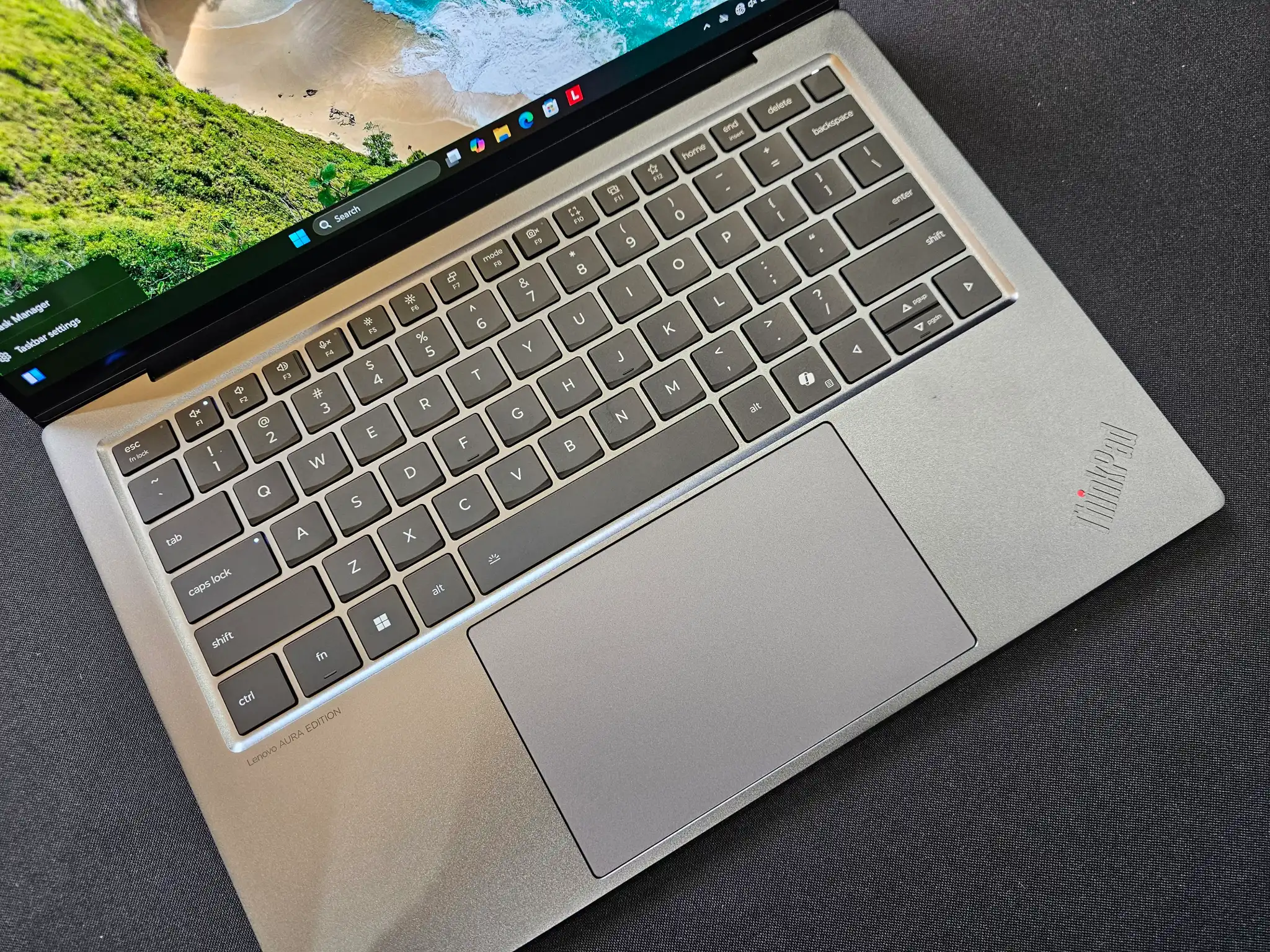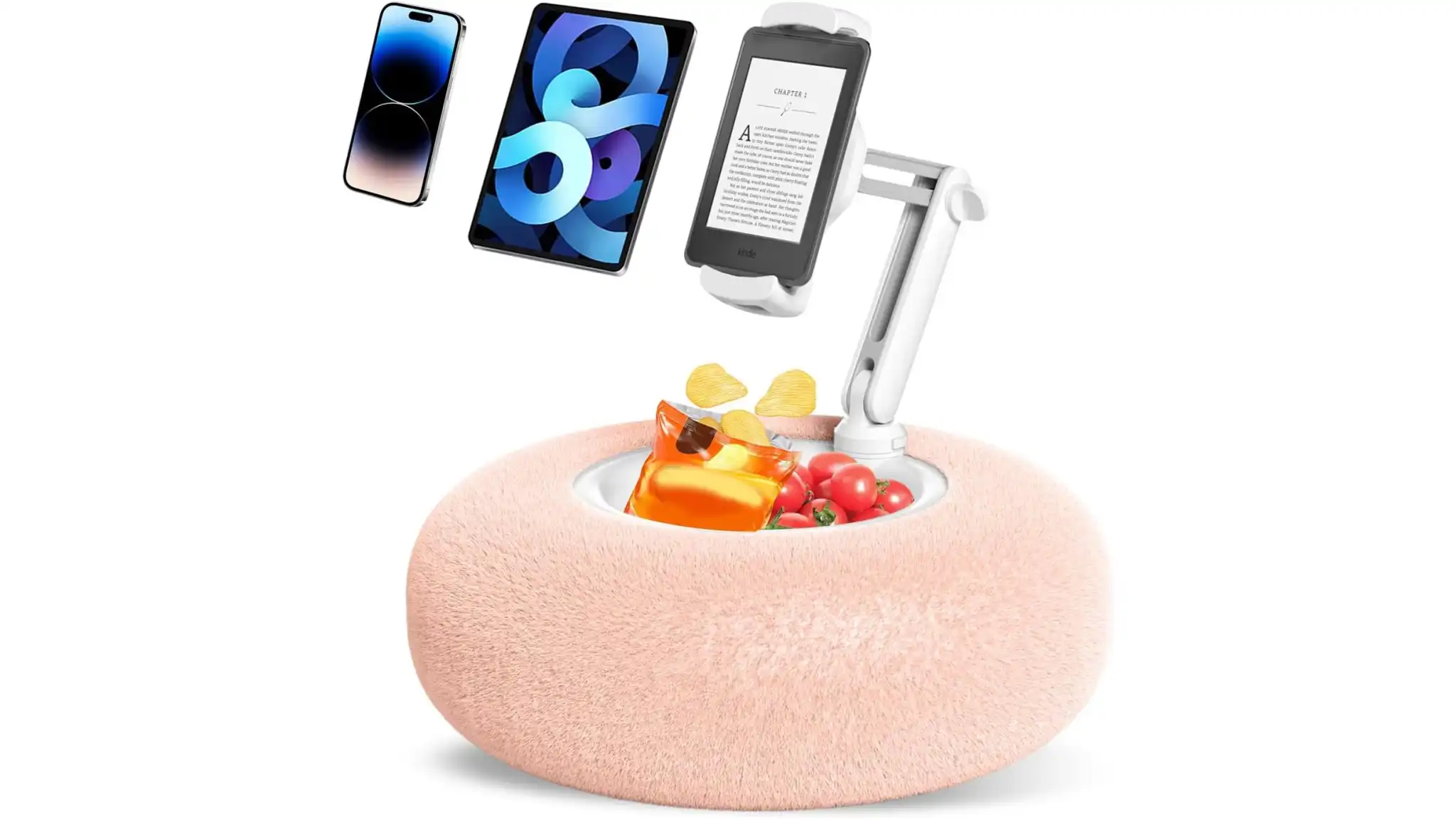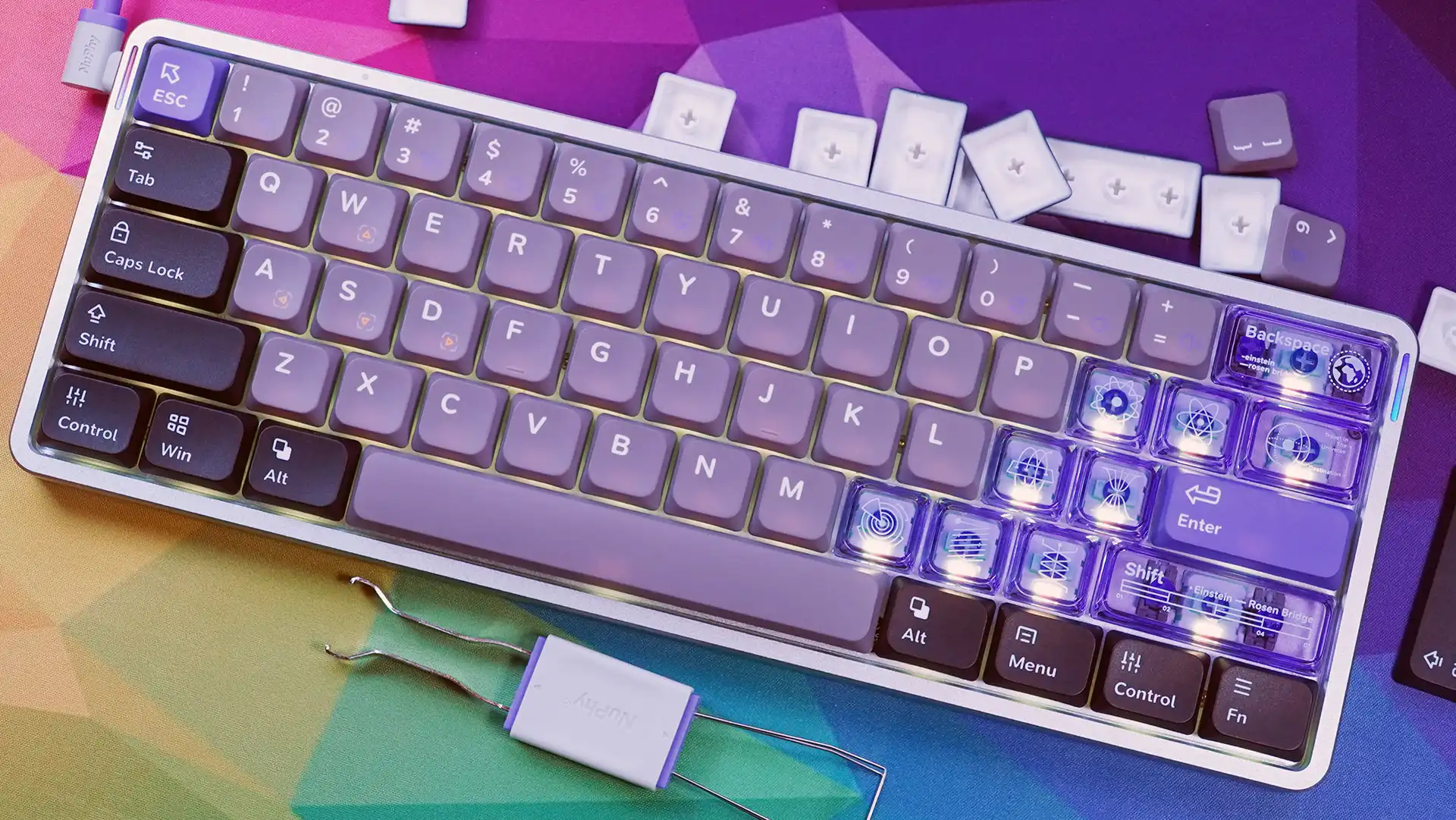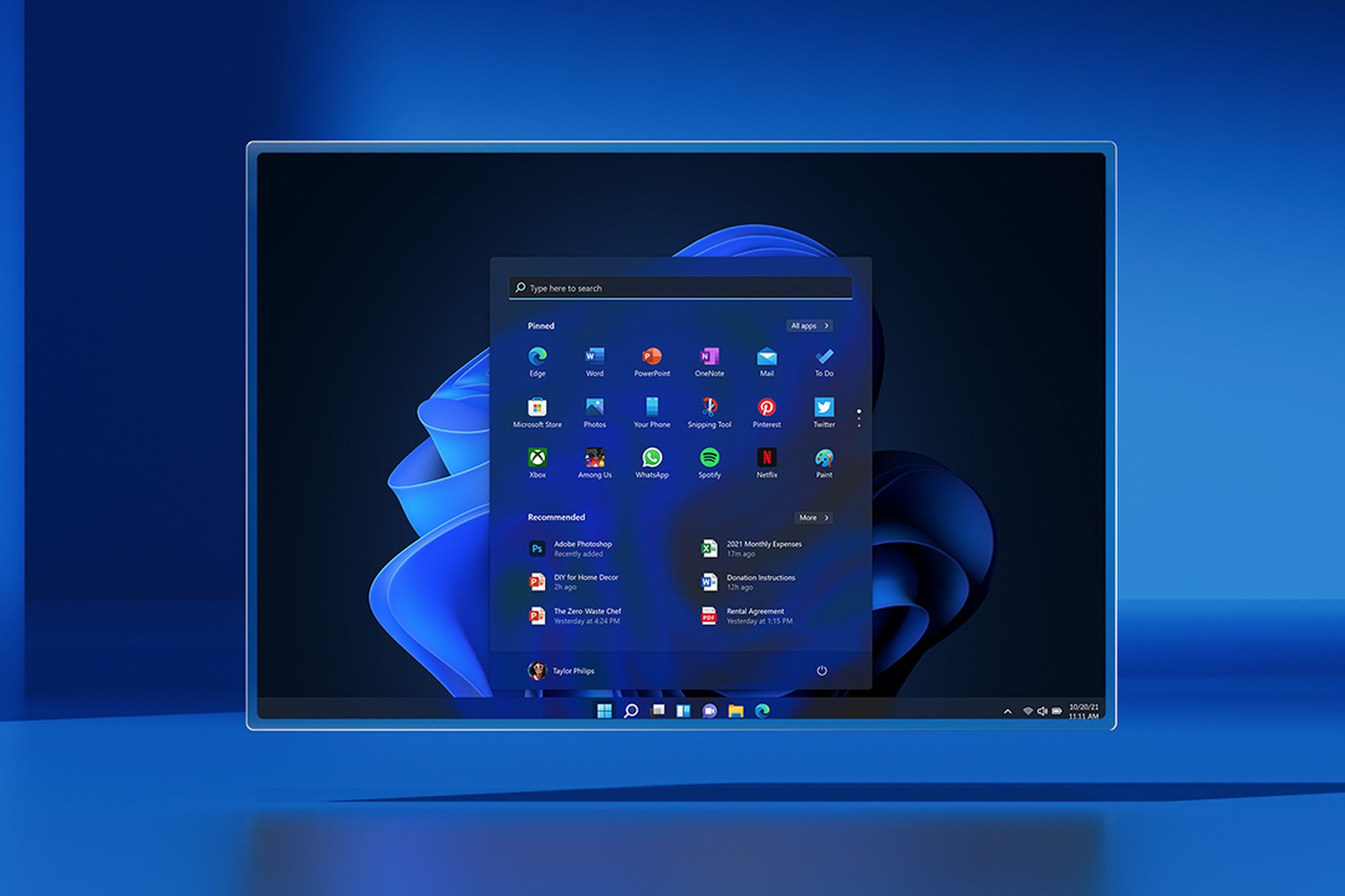At CES 2025, Lenovo is showing off the ThinkPad Aura Edition… without its iconic TrackPoint nub.
For more than three decades, the TrackPoint’s iconic red rubbery nub has been a staple of IBM and Lenovo ThinkPad laptops. But now, no longer. Lenovo has removed its famous TrackPoint from its latest ThinkPad laptops, calling it time for a change.
Does that mean the TrackPoint is dead? No, thankfully. It will still appear in the other ThinkPads made by Lenovo, said a company spokesman. But for the 14- and 15-inch ThinkPad X9 Aura Editions launched at CES 2025 in Las Vegas, the TrackPoint has been removed entirely.
The idea is that certain laptops — let’s say the Dell XPS — have managed to transcend the consumer, prosumer, and small business markets, and the TrackPoint is a legacy design, according to Lenovo. “That doesn’t resonate with all demographics, so to speak,” said the company’s spokesman. “That was cutting-edge technology at one time. But clearly, it’s a touchpad world.”
In the past, Lenovo had defended the TrackPoint as a reason to avoid using the trackpad itself. The TrackPoint debuted with the IBM ThinkPad 700, which launched in 1992. Then, in a 2017 TechRadar interview, Lenovo’s chief design officer David Hill described the TrackPoint as a way for a user to access a pointing device without the need for the user’s hands to leave the keyboard’s home row.
But he also foreshadowed Lenovo’s choice to remove the TrackPoint, too. “It’s a little bit like an automatic transmission versus a stick shift. If you know how to drive a stick, you don’t want an automatic transmission,” Hill said back then in the interview. “If you don’t drive a stick shift, you’re not going to buy a car that’s got one.”
Features and specs for Lenovo’s new ThinkPad Aura Editions
Lenovo’s new ThinkPad X9 14 Aura Edition ($1,399 and up, shipping in Feb. 2025) and the ThinkPad X9 15 Aura Edition ($1,549 and up, shipping in Feb. 2025 as well) are both laptops built around the vPro versions of the Intel Core Series 2 “Lunar Lake” mobile processor. Neither ships with discrete graphics, relying on Intel’s Arc Xe integrated GPU.

Mark Hachman / IDG
However, it’s lovely to see that Lenovo is moving premium display technologies mainstream. The 14-inch offers a choice between a 1920×1200 400-nit 60Hz OLED or a 14-inch 2880×1800 500-nit 120Hz OLED. The 15-inch model offers just the latter option, with an average HDR600 capability on top. Up to 32GB of LPDDR5X memory and 2TB of a PCIe Gen 4 SSD are also included.
These are Thunderbolt 4 laptops with two ports, as Intel doesn’t offer integrated Thunderbolt 5 solutions quite yet. Underneath the laptop is what Lenovo calls an “engine hub” that houses the critical components, with the Thunderbolt ports sprouting from both sides. Lenovo says that this engine hub will be serviceable by a trained repairperson. Wi-Fi 7 is also included and the laptop is also MIL-SPEC 810H qualified.

Lenovo isn’t specifying battery life quite yet, though with a battery-sipping Lunar Lake processor inside, it should be fantastic. The 14-inch model includes a 55Wh customer-replaceable battery, for a total weight of 2.74 pounds. The 15-inch includes a whopping 80Wh battery, for a total weight of 3.19 pounds. Lenovo used over 50 percent recycled aluminum in the aluminum chassis and various levels of recaptured plastics in other components.
By contrast, the similar Asus ZenBook S 14 includes a Lunar Lake processor alongside a 72Wh battery and a 14-inch 2880×1800 touchscreen 120Hz OLED, which yielded over 17 hours of simulated work in our laptop battery tests.
Lenovo’s AI Now adds smart modes
We’re always on the lookout for applications that can take advantage of localized AI. With the Aura Edition laptops, Lenovo has provided two sets of such features: the Lenovo Aura Edition features on the one hand, and what Lenovo is calling Lenovo AI Now on the other.

Lenovo
Lenovo Aura Edition includes “smart modes” that allow users to switch between optimized device configurations like “Attention,” “Power,” and “Wellness.” They sound like they’re designed a bit like the optional Windows configurations, emphasizing entertainment, for example. Smart Care connects users to device diagnostics and 24/7 live agent support. Smart Share is a Lenovo-branded version of Intel’s Unison technology for sharing information between Android and iOS devices.
Lenovo AI Now is an optional LLM that’s based on Meta’s Llama 3.0, which processes all data locally using the integrated Lunar Lake NPU. Lenovo also promises new features coming soon: multilingual support, searching across the PC as well as the tablet, plus improved capabilities to extract data from documents, images, or even portions of the two.

Lenovo
Lenovo also promises new peripherals to go along with the new laptops, including $49 TWS Earbuds (X9 Edition) with Bluetooth 5.3; a 65W GaN Nano Adapter; a $99 X9 Charging GaN Dock with a 4K60 HDMI port, SD card reader, and USB-A/C ports; and a $59.99 X9 Edition of a wireless mouse that includes a dedicated AI Now button. The earbuds and adapter are available now and the dock will ship in June 2025.





